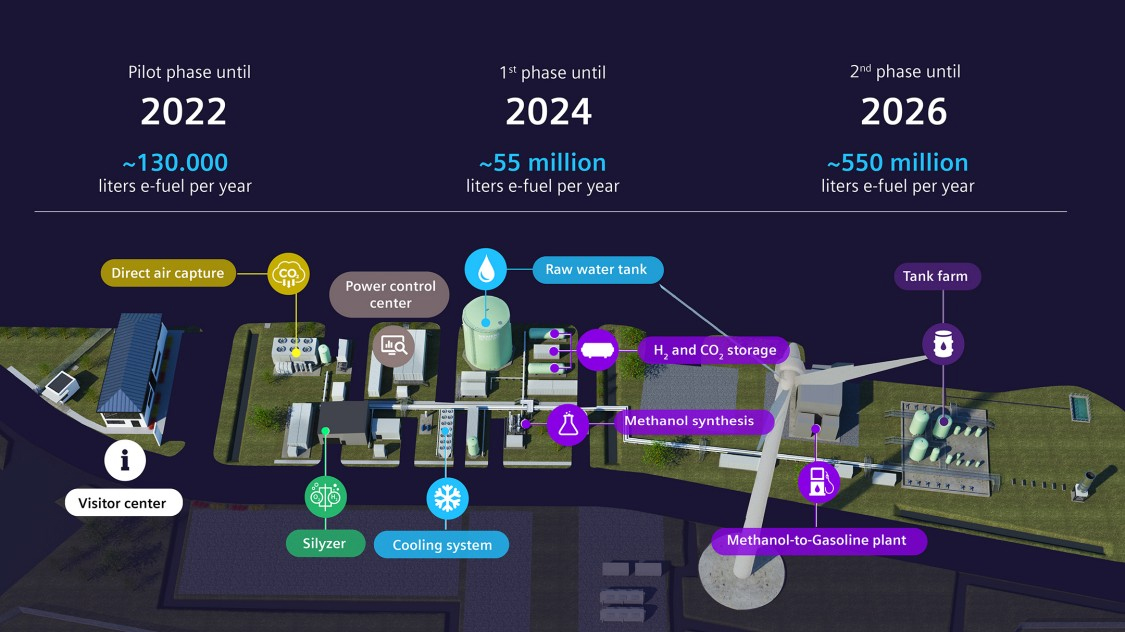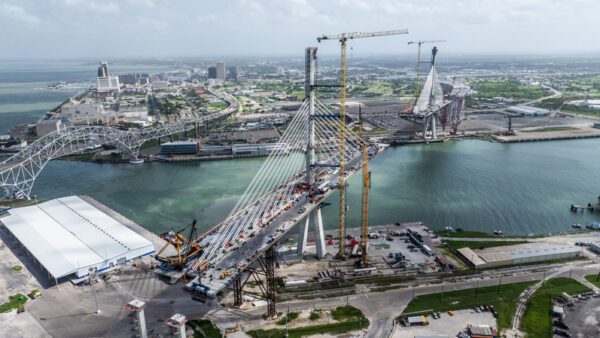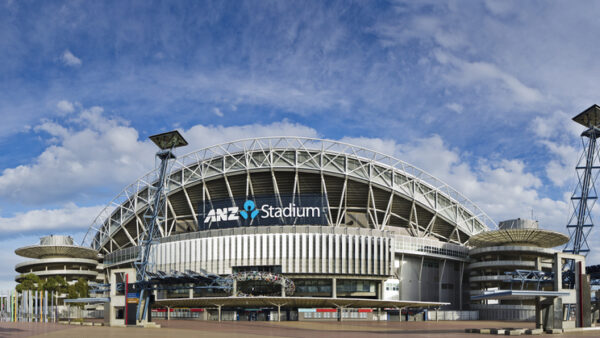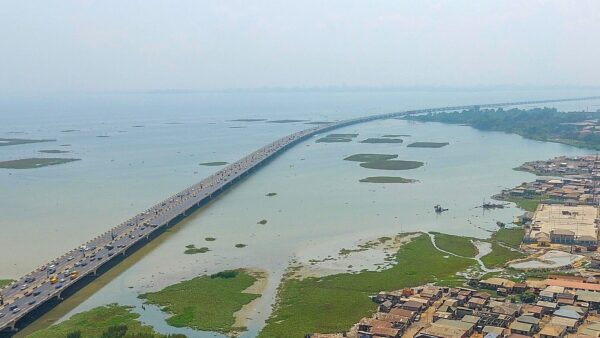Porsche and Siemens Energy have joined the consortium of companies planning to build a wind farm on the Magellan Straits in southern Chile that will power a factory which they say can produce 550 million litres of low-emission “e-fuel” a year by 2026 for export to Europe and elsewhere.
Seen as the saviour of the internal combustion engine amid the climate crisis, e-fuel – also referred to as e-gasoline – is made from synthetic methanol. Siemens says that, when burned, it emits 90% less carbon dioxide (CO2) than liquid fossil fuels.
However, the process of making it requires abundant electricity, so developers want to use southern Chile’s powerful winds to make the whole scheme climate neutral.
The plant, called Haru Oni, is described by Porsche as “the world’s first integrated, commercial, industrial-scale plant for making synthetic climate-neutral fuels”.
“Renewable energy will no longer be produced only where it’s needed, but where natural resources like wind and sun are available on a massive scale,” said Porsche chief executive Oliver Blume. “So new supply chains are going to arise all over the world to carry renewable energy from one region to another.
“That’s especially important for Germany, which – bottom-line – has to import energy if it’s going to meet its nationwide demand.”
Siemens Energy has become Haru Oni’s co-developer and its Siemens Gamesa unit will provide the wind turbines.

Siemens’ graphic explaining the Haru Oni project
Producing e-fuels involves separating water into hydrogen and oxygen, then mixing the hydrogen with CO2 harvested from the air. That creates a volume of synthetic methane, from which a considerably smaller volume of e-fuel is produced.
Siemens said the pilot phase of the scheme will produce around 750,000 litres of methanol a year by 2022, from which 130,000 litres of e-fuel are produced.
From there, the plan is to scale up rapidly. By 2024 the plant will be producing 55 million litres of e-fuel a year, and more than 550 million litres a year by 2026, Siemens said, adding that 550 million litres of e-fuel was enough to power a million cars for nearly a year.
However, the e-fuel concept, which promises to save the internal combustion engine amid the rise of electric vehicles, has its critics.
In June this year, the International Council on Clean Transportation published a critique of e-fuel production as “inherently inefficient” because it converts “at best half of the energy in the electricity [needed in the process] into liquid or gaseous fuels”.Â
The council argued that this inefficiency would keep the cost of e-fuels high for the consumer: not less than €3 or €4 per litre before 2030.
Nevertheless, the German government, which is looking for ways to implement its ambitious hydrogen plans, is providing €8.2m in funding for Haru Oni.
The project was announced in October by Chilean independent energy company Andes Mining & Energy, Italian utility Enel and Empresa Nacional del Petróleo, Chile’s national oil company.
The wind farm, which has yet to be granted planning permission, will be sited at Cabo Negro, about 100km north of Cape Horn.
Top image: A view of the Magellan Strait in southern Chile (Valmin/CC BY-SA 4.0)Â Â
Further reading:






